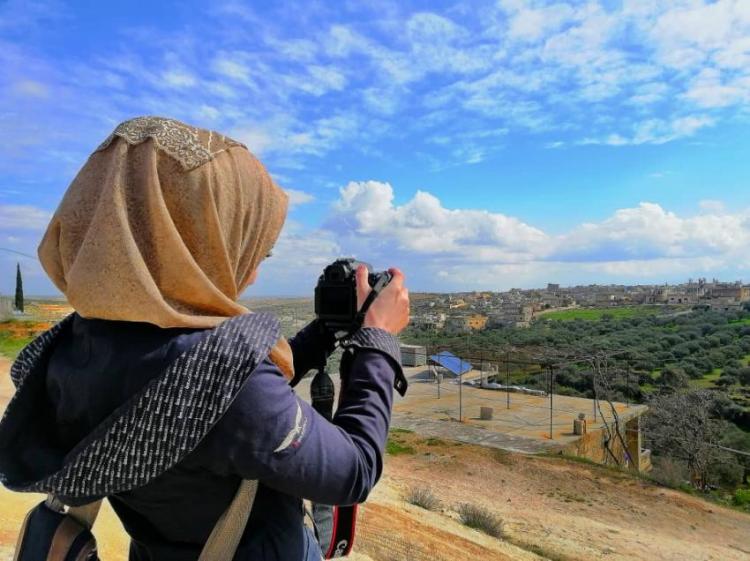Two Years Underground, Story of a Syrian Detainee Experienced the Bitter Taste of Torture
North-Press Agency
Idlib – Mohammed Alyanairi
“We were almost three floors underground, we did not see the sun, we did not know whether it was night or day time, we adapted to the weeds and various insects of the ground that the place was full of, for two years, I had been subjected to physical torture, yet, psychological torture was crueler and most severe.”
The Syrian young woman Sahar Zatour told North Press Agency the story of her arrest in Syria, which lasted for two years from November 2014 until 2016, upon charges of participating in demonstrations and opposition events.
“I was arrested in Aleppo at the Ramousa checkpoint, I remained in prison for two years during which I moved between one prison to another as well as security branches, until I finally arrived at the famous Military Intelligence Branch 248 in Damascus, which is located three floors underground,” she said.
Various kinds of torture
Sahar Zatour, from the city of Idlib, was subjected to various forms of torture, as she talked to North-Press on the sidelines of the International Day in Support of Victims of Torture, beginning with beatings on the head and ears, and beating with a broad green tube.
“I can’t say a lot of details, I have many things in mind about torture and the stories of detainees, but I don’t know how to express them!”
Sahar says that besides physical torture, she was subjected to various kinds of insults and abuses by officers in the prison, as well as psychological torture.
She pointed out that among other aspects of psychological torture, detainees were beaten, tortured and humiliated in front of each other to intimidate them. “Prior to the investigation, they were used to beating a detainee in front of another person under investigation, to frighten him, this was the severest psychological torture!”
Nevertheless, she said that there are no traces of torture on her body at the moment, after she was completely cured, more than two years after she was released.
The young woman said that until this moment she suffers from laryngeal infections and allergy to various odors, she has undertaken long-term cure to be treated from this disease, which was caused by long-term detention without clear air or sunlight, as well as the impact of beating on her ears that she is still suffering from.
Traces
The journey of torture or detention began in Aleppo, where she spent a month and a half in a prison, then she was transferred to the Central Security branch in Homs for a while, and then to be moved to many security branches before being transferred to the famous branch 248 of the military intelligence “Military Security” in Damascus.
In spite of the horrors she’d been through, Sahar considers herself “lucky” and has not been subjected to other forms of torture, “Comparing to the torture I saw and heard about, I am fortunate to consider beatings on the head and ear as easy compared to other forms of torture such as (Shalah), where they hang someone from his hands or feet while the rest of his body is left dangling as they start beating him/her,” Sahar said.
She stresses that the situation of detainees is extremely terrible, “I remember everything I’ve been through, I can’t forget that at all, I was only 19 years old when I was detained, I was a university student on my way to the university before arresting, and I got out of prison at the age of 21.”
In response to a question whether she was a witness to the exposure of any female detainee to sexual harassment during her two-year detention, Sahar simply answered; “No one dared to tell!”
Statistics
Since March 2011, at least 95,000 people have been forcibly disappeared in Syria, according to the Syrian Network for Human Rights statistics, as for the last month of May, the network has documented arrests of 394 people by all parties of the conflict in Syria, including children and women.

